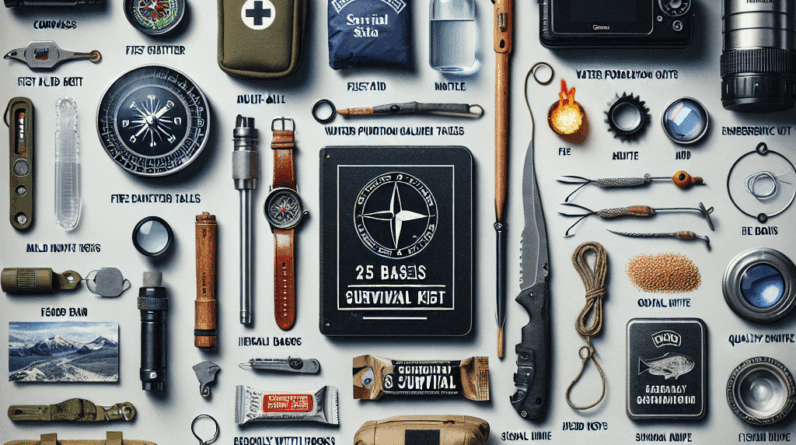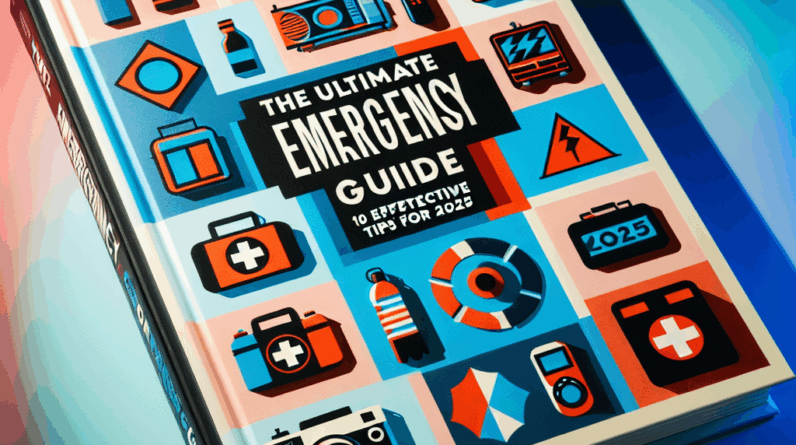Drones are revolutionizing the way we handle crises by providing rapid, real-time surveillance without the limitations of ground-based observation. These unmanned aerial vehicles (UAVs), often controlled remotely or programmed to fly autonomously, are not just for capturing breathtaking aerial footage but are crucial in emergency operations, offering a bird’s-eye view that can be critical in crisis management.
Understanding Drone Technology and Its Applications
First, let’s clarify what a drone, or UAV, is. These are essentially aircraft piloted from the ground or programmed to follow a set flight path. Their agility and speed allow them to traverse large areas quickly, far outpacing what ground teams can achieve. This capability is invaluable in emergencies where time is of the essence and traditional methods may falter due to obstacles.
Drones are not just limited to basic video footage; modern drones are equipped with advanced imaging technologies like infrared and thermal imaging, which are indispensable in search and rescue missions. For instance, thermal imaging was pivotal in locating a missing child in a dense forest, showcasing how crucial this technology can be.
Identifying When to Deploy Drones in Crisis Situations
Recognizing the appropriate moments to deploy drones is crucial. Emergencies can vary widely, from natural disasters like fires and floods to human-centric crises such as missing persons or large-scale accidents. Each scenario demands a tailored drone response.
In natural disasters, drones excel by quickly assessing damage, allowing for rapid data gathering and analysis, which in turn speeds up the response from ground teams. Similarly, in public safety scenarios like large gatherings, drones provide a high vantage point to monitor crowds and manage public safety dynamically.
Selecting and Preparing Drones for Emergency Operations
Choosing the right drone involves understanding the specific needs of the operation. Factors such as flight duration, range, and resilience under adverse conditions are important. A versatile drone that can handle various tasks and operate under different conditions is typically ideal.
Compliance with local regulations is also critical. Depending on your jurisdiction, operating a drone for emergency purposes may require specific permissions or licenses, so it’s important to be informed and prepared legally to avoid delays when a crisis hits.
Crafting an Effective Emergency Drone Operation Plan
Having a robust plan is essential for successful drone operations during emergencies. This plan should detail who is responsible for operating the drone, who analyzes the data collected, and how the information is integrated into the broader emergency response effort.
Practice is also key. Regular drills that simulate emergency scenarios can help ensure that all team members are familiar with the operational aspects of the drone, which can significantly enhance the effectiveness of the response when a real emergency occurs.
Analyzing and Leveraging Drone-Collected Data
Once a drone has collected data, the next step is to analyze this information to facilitate timely and effective decision-making. Having designated analysts who understand what to look for in the data can make a huge difference.
Sharing this information among all relevant parties is crucial for coordinated response efforts. Effective data sharing and analysis can significantly speed up response times and enhance the overall effectiveness of emergency management.
Frequently Asked Questions
1. What types of emergencies can drones be used for?
Drones are incredibly versatile and can be deployed in a variety of emergency situations including natural disasters, search and rescue operations, and safety monitoring at large public events.
2. How do I choose the right drone for emergency use?
Evaluate factors like flight time, range, payload capacity, and durability when selecting a drone. It’s crucial to choose a drone that meets the specific needs of your operations.
3. Do I need special permits to operate a drone during emergencies?
Yes, local regulations may require specific permits or compliance to legally operate drones during emergencies. Always check and adhere to local laws to ensure smooth operations.
4. How can I train my team to use drones effectively?
Conduct regular training sessions that include both theoretical learning and practical hands-on exercises. Simulate realistic emergency scenarios to ensure your team is well-prepared.
5. How can drone data improve emergency response efforts?
Drone data provides critical real-time insights that can guide emergency response strategies, highlight obstacles, and improve the overall speed and safety of operations.




